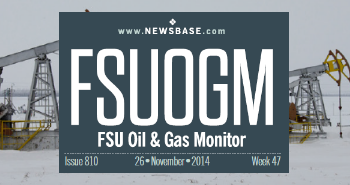FSUOGM: Rosneft unveils 2030 strategy
_2.jpg)
Rosneft has announced a new 2030 strategy, setting its sights on significant production growth, a big jump in free cash flow (FCF) and an increased focus on environmental social and governance (ESG) projects.
Rosneft aims to be producing 6.63mn barrels of oil equivalent per day by the end of this decade, up from 4.93mn boepd last year. This growth will be achieved in large part thanks to Vostok Oil, a megaproject that Rosneft is developing in the Russian Arctic.
Comprising a cluster of fields within Russia’s Arctic circle, Rosneft predicts that Vostok Oil will be producing 1mn barrels per day (bpd) by 2027 and double that amount three years later. It may also underpin a large-scale hub for LNG supply.
While some forecasters including the International Energy Agency (IEA) predict an earlier downfall for oil, Rosneft expects demand for the fuel to continue growing into the early 2030s, driven by rising consumption in emerging markets. Meanwhile, it forecasts that gas growth will continue until at least 2050, despite countries targeting net-zero emissions by that point. This is thanks to the role that gas plays as a transition fuel, Rosneft said.
Rosneft’s long-held goal is to produce 100bn cubic metres per year of gas, which would entail it surpassing Novatek as Russia’s second largest gas producer. But it has repeatedly postponed this target because of project delays. Last year, however, the company brought on stream a long-awaited a long-awaited expansion phase at the Rospan gas project in Siberia. It also aims to start up the Kharampur field it is developing with BP later this year.
If you’d like to read more about the key events shaping the former Soviet Union’s oil and gas sector then please click here for NewsBase’s FSU Monitor.


Follow us online